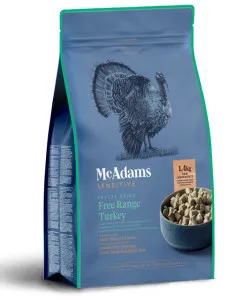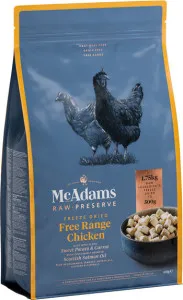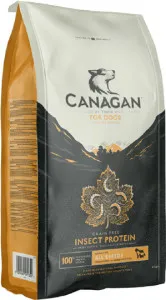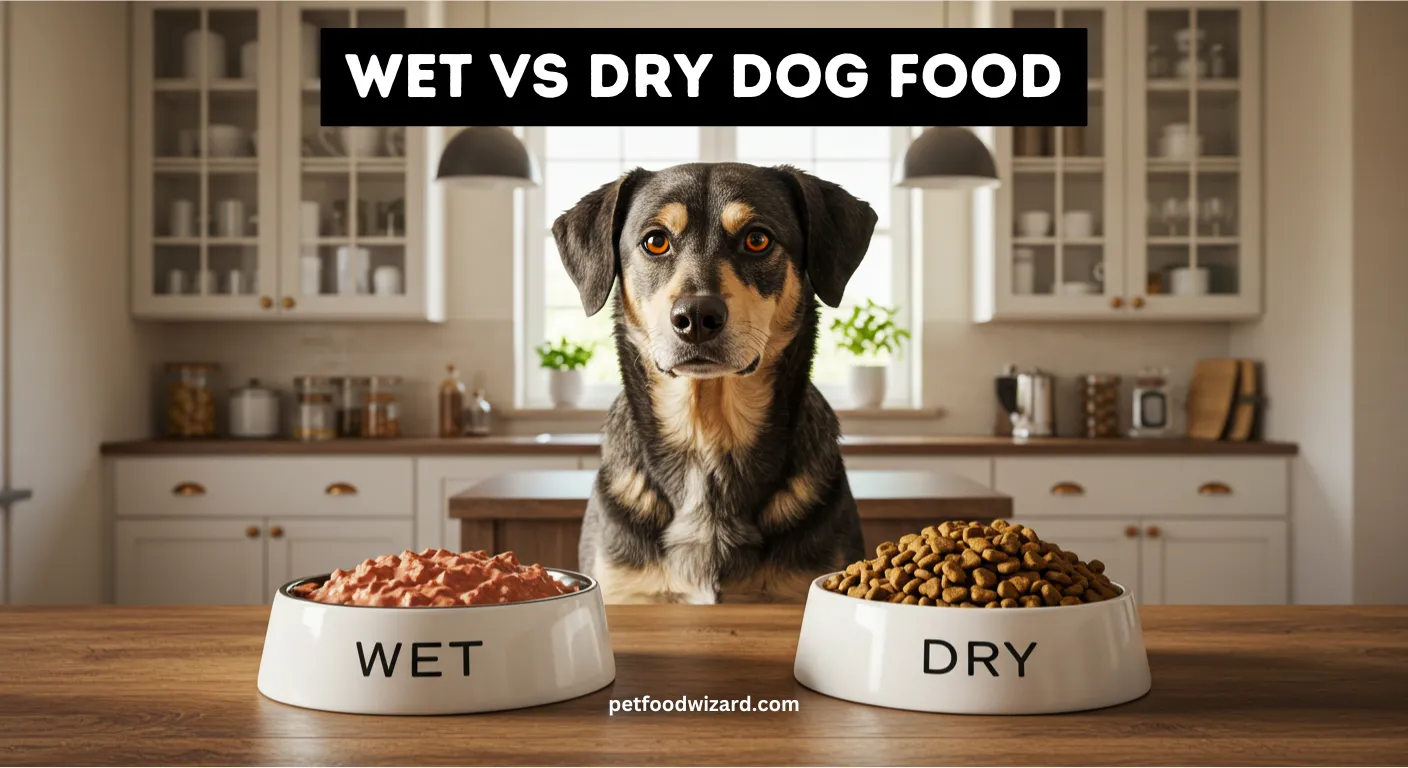Wet vs Dry Dog Food: Which is Better for Your Furry Friend?
Choosing the right food for your dog is one of the most important decisions you’ll make as a pet owner. With so many options available, it can be overwhelming to decide between wet dog food and dry dog food . Both have their pros and cons, and the best choice depends on your dog’s specific needs, preferences, and lifestyle. In this guide, we’ll break down the differences between wet and dry dog food to help you make an informed decision.
What is Wet Dog Food?
Wet dog food, also known as canned dog food, is made with a high moisture content, typically around 70-80%. It’s often more palatable for dogs due to its rich aroma and soft texture. Wet food is available in a variety of flavors and formulations, making it a versatile option for picky eaters or dogs with specific dietary needs.
What is Dry Dog Food?
Dry dog food, commonly referred to as kibble, contains significantly less moisture, usually around 10-12%. It’s convenient, cost-effective, and has a longer shelf life compared to wet food. Dry food is often recommended for its dental benefits, as the crunchy texture can help reduce plaque and tartar buildup.
Key Differences Between Wet and Dry Dog Food
To help you decide which type of food is best for your dog, let’s explore the key differences between wet and dry dog food:
1. Moisture Content
One of the most significant differences between wet and dry dog food is the moisture content. Wet food is much higher in water, which can be beneficial for dogs who don’t drink enough water on their own. On the other hand, dry food has a low moisture content, making it more concentrated in nutrients.
2. Nutritional Value
Both wet and dry dog food can provide complete and balanced nutrition when formulated properly. However, wet food often contains higher levels of protein and fat, while dry food tends to have more carbohydrates. It’s essential to check the ingredient list and nutritional information to ensure your dog is getting the nutrients they need.
3. Palatability
Many dogs find wet food more appealing due to its strong smell and soft texture. This makes it an excellent choice for picky eaters or older dogs with dental issues. Dry food, while less aromatic, is still enjoyed by most dogs and can be enhanced with toppers or mix-ins.
4. Convenience and Storage
Dry dog food is incredibly convenient to store and serve. It doesn’t require refrigeration and can be left out for longer periods without spoiling. Wet food, however, needs to be refrigerated after opening and has a shorter shelf life, making it less convenient for some pet owners.
5. Cost
Dry dog food is generally more affordable than wet food, both in terms of upfront cost and long-term expenses. Wet food tends to be more expensive due to its higher moisture content and packaging requirements.
Recommended Products

McAdams Freeze Dried Free Range Turkey is an excellent choice for wet vs dry dog food. This dog food contains Boneless Free Range Turkey 86.5% and other high-quality ingredients that promote overall health.

McAdams Freeze Dried Free Range Chicken is an excellent choice for wet vs dry dog food. This dog food contains Boneless Free Range Chicken 86% and other high-quality ingredients that promote overall health.

Canagan Insect is an excellent choice for wet vs dry dog food. This dog food contains Freshly Prepared Insects (27%)* and other high-quality ingredients that promote overall health.
6. Dental Health
Dry dog food is often recommended for its dental benefits. The crunchy texture helps scrape away plaque and tartar, promoting better oral health. Wet food, while not harmful to teeth, doesn’t provide the same mechanical cleaning action.
Pros and Cons of Wet Dog Food
To help you weigh your options, here’s a breakdown of the advantages and disadvantages of wet dog food:
Pros
- High Moisture Content: Helps keep your dog hydrated, especially if they don’t drink enough water.
- Highly Palatable: Great for picky eaters or dogs with a reduced appetite.
- Easier to Chew: Ideal for senior dogs or those with dental issues.
- Variety of Flavors: Offers a wide range of options to suit different tastes.
- Shorter Shelf Life: Requires refrigeration after opening and spoils faster.
- More Expensive: Higher cost per serving compared to dry food.
- Less Convenient: Messier to serve and store.
- Cost-Effective: More affordable and lasts longer than wet food.
- Convenient: Easy to store, serve, and measure.
- Dental Benefits: Helps reduce plaque and tartar buildup.
- Long Shelf Life: Doesn’t require refrigeration and stays fresh for months.
- Lower Moisture Content: May not be ideal for dogs who need extra hydration.
- Less Palatable: Some dogs may find it less appealing than wet food.
- Harder to Chew: Not suitable for dogs with dental problems.
- Age: Puppies and senior dogs may benefit from wet food due to its softer texture and higher moisture content.
- Health Conditions: Dogs with kidney issues or urinary tract problems may need the extra hydration provided by wet food.
- Dental Health: If your dog has dental issues, dry food may be a better option to help maintain oral hygiene.
- Budget: Dry food is generally more affordable, making it a practical choice for pet owners on a budget.
- Convenience: If you’re looking for an easy-to-store and serve option, dry food is the way to go.
- Start by mixing a small amount of the new food with the old food.
- Gradually increase the proportion of the new food over 7-10 days.
- Monitor your dog for any signs of digestive issues, such as diarrhea or vomiting.
- Consult your veterinarian if you have any concerns about the transition.
Cons
Pros and Cons of Dry Dog Food
Now, let’s look at the benefits and drawbacks of dry dog food:
Pros
Cons
Which is Better: Wet or Dry Dog Food?
There’s no one-size-fits-all answer to this question. The best choice depends on your dog’s individual needs, preferences, and lifestyle. Here are some factors to consider when making your decision:
Can You Mix Wet and Dry Dog Food?
Absolutely! Many pet owners choose to mix wet and dry dog food to provide their dogs with the benefits of both. This approach can make meals more exciting for your dog while ensuring they get a balanced diet. Just be sure to adjust portion sizes to avoid overfeeding.
Tips for Transitioning Between Wet and Dry Food
If you decide to switch your dog’s food, it’s essential to do so gradually to avoid digestive upset. Here’s how to make the transition as smooth as possible:
Final Thoughts
Both wet and dry dog food have their unique advantages, and the best choice depends on your dog’s specific needs. Whether you opt for wet food, dry food, or a combination of both, the most important thing is to choose a high-quality product that provides complete and balanced nutrition.
If you’re still unsure which option is best for your furry friend, consider using a tool like the Pet Food Analyzer to compare different brands and formulations. This can help you make an informed decision and ensure your dog gets the nutrition they need to thrive.
Remember, every dog is unique, so don’t hesitate to consult your veterinarian for personalized advice. Your dog’s health and happiness are worth the extra effort!
